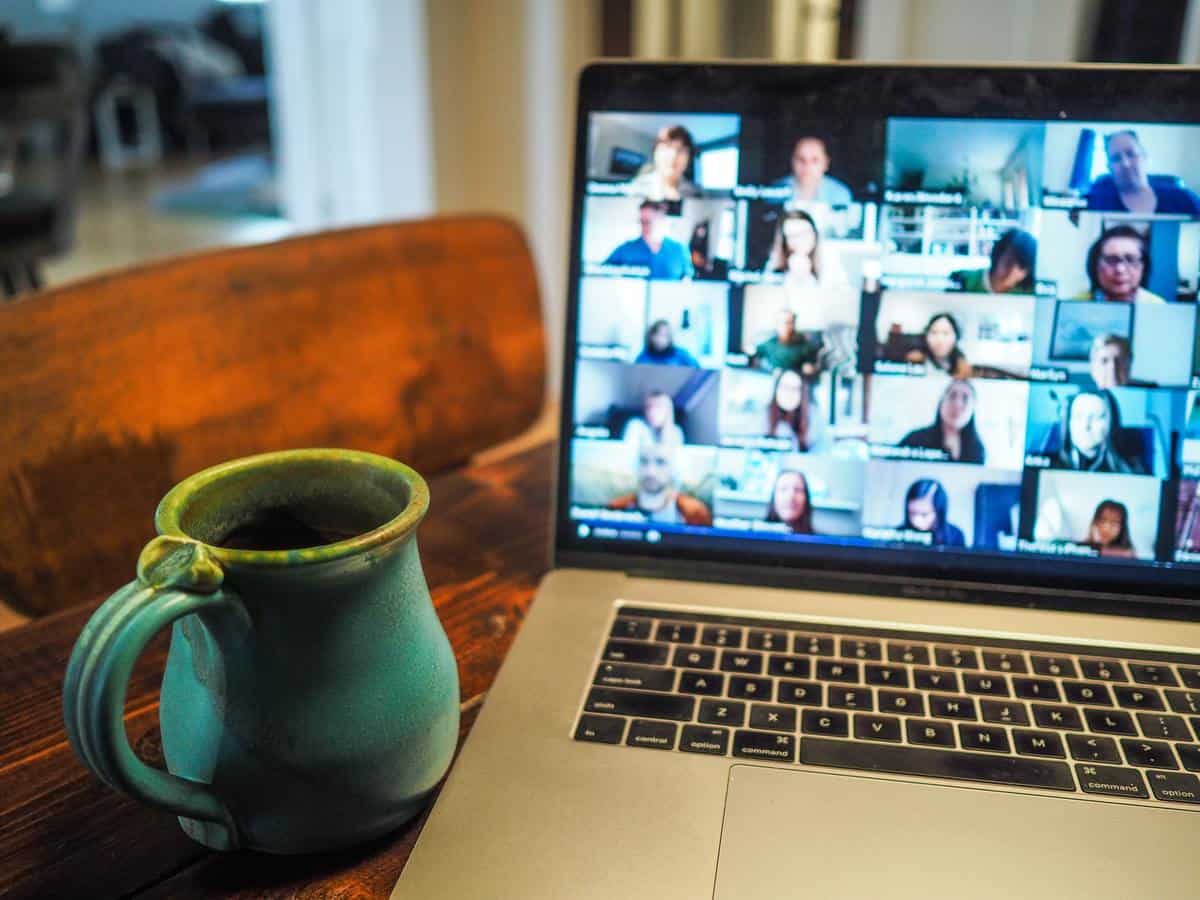Over the past year, various public health measures to curb the spread of COVID-19 have forced people into isolation, pried them away from friends, family and other support networks and propagated a sense of uncertainty and anxiety about what lies ahead in the future.
It’s not surprising then that the world we live in today has adversely affected people’s mental health. In fact, one of our recent studies found the impact of the pandemic has left Australians feeling stressed – not only mentally but physically and financially as well.
With happiness, productivity and overall well-being on the line, more and more Australian employers are taking note and taking action in a bid to support their employees, team morale, individual health and overall business objectives.
As it stands, Australian employees believe there’s room for improvement when it comes to mental health support in the workplace. Currently, 53 per cent believe their company is not supportive of mental health, and it’s a trend that has reached a critical point.
In order to successfully transition to new working environments and sustain a healthy workplace culture, employers must prioritise mental health and well-being initiatives and provide tools to avoid burnout, minimise distractions, and create an encouraging environment for employees to thrive – whether remotely, in the office or in a hybrid workplace.
Develop a culture of transparency and vulnerability
Eliminating stigma around mental health in the workplace is a crucial starting point. Employees need to understand that they have space to discuss mental health and well-being issues without fear of criticism or judgment.
To successfully nurture an open and honest dialogue with staff on the topic of mental health, it’s essential to practice transparency and vulnerability as a leader. Start by proactively kicking off discussions, which seek to bring to light key issues of concern amongst employees.
It could be as simple as a periodic and anonymous sentiment survey. At Employment Hero, we ask employees to rate and comment on their happiness with our ‘Employee Happiness’ feature and use the findings to uncover and address critical issues facing staff.
Normalise talking about mental health at your company-wide get-togethers, such as town halls and all-hands. Our CEO has spoken each week, since lockdown, about how it is okay not to be okay. Have managers ask their team members how they are coping in their weekly 1:1s. Train your managers to be comfortable sharing that they are struggling.
Importantly, cater to individuals. Are they balancing working in lockdown with homeschooling? Are they alone in an apartment without being able to visit people? Are they in a shared house working from their bedroom each day? Try to place yourself, as a manager, in your team member’s shoes before you talk to them. Think about starting a daily huddle with: what was the best thing in your day yesterday? What was your biggest frustration, annoying or sad point yesterday?
Make flexible working the norm
A healthy work-life balance is critical. When your workday starts to eat into the time you put into your personal life and well-being, it will inevitably lead to burnout. Encouraging employees to prioritise activities that fill their cup, like spending time with family or creating space for exercise and meditation, can improve your team’s overall mental health, and flexible work may be the answer.
Flexible working has long been a core element of the ‘greatest places to work’. Many business leaders are on board the idea in theory but fail to truly embed the practice into their company culture. To encourage employees to take advantage of flexible working policies, leaders need to be the example. They need to create an environment where flexible work is not only offered as a perk but is encouraged as the norm. The business value of promoting flexible work practices has been experienced by many companies of all sizes and undeniably helps to improve employee well-being.
Indeed, leadership advocacy here is vital. Are you placing visible time in your calendars for exercise during commute time; time with your kids for lunch and after school? This is so important to provide psychological safety for team members to do the same.
Provide helpful and practical resources
A majority (64 per cent) of employees across Australia, New Zealand, the UK, Singapore, and Malaysia believe discussions about mental health are made more difficult in a remote environment than face-to-face. Implementing digital tools and providing resources for employees to tap into can be helpful. Apps like Calm and Headspace are just two of many digital services that offer staff a practical tool to manage their own mental health and unwind from the stresses of living through a pandemic.
Additionally, offering access to an employee assistance program (EAP) can be an incredibly helpful resource for team members struggling with their mental health. EAPs provide staff with confidential counselling sessions to help them address anything from personal issues to financial stress and professional concerns. There are also a lot of fantastic resources at Lifeline Australia and Beyond Blue.
Ultimately, employees who experience high levels of physical, emotional and mental well-being can bring their best selves to work, and businesses that invest in employees’ mental health will reap the benefits through increased engagement and loyalty.
Read more: How to support your employees during lockdown
Read more: How employees define an ideal hybrid workplace experience: Unisys Survey
Keep up to date with our stories on LinkedIn, Twitter, Facebook and Instagram.

